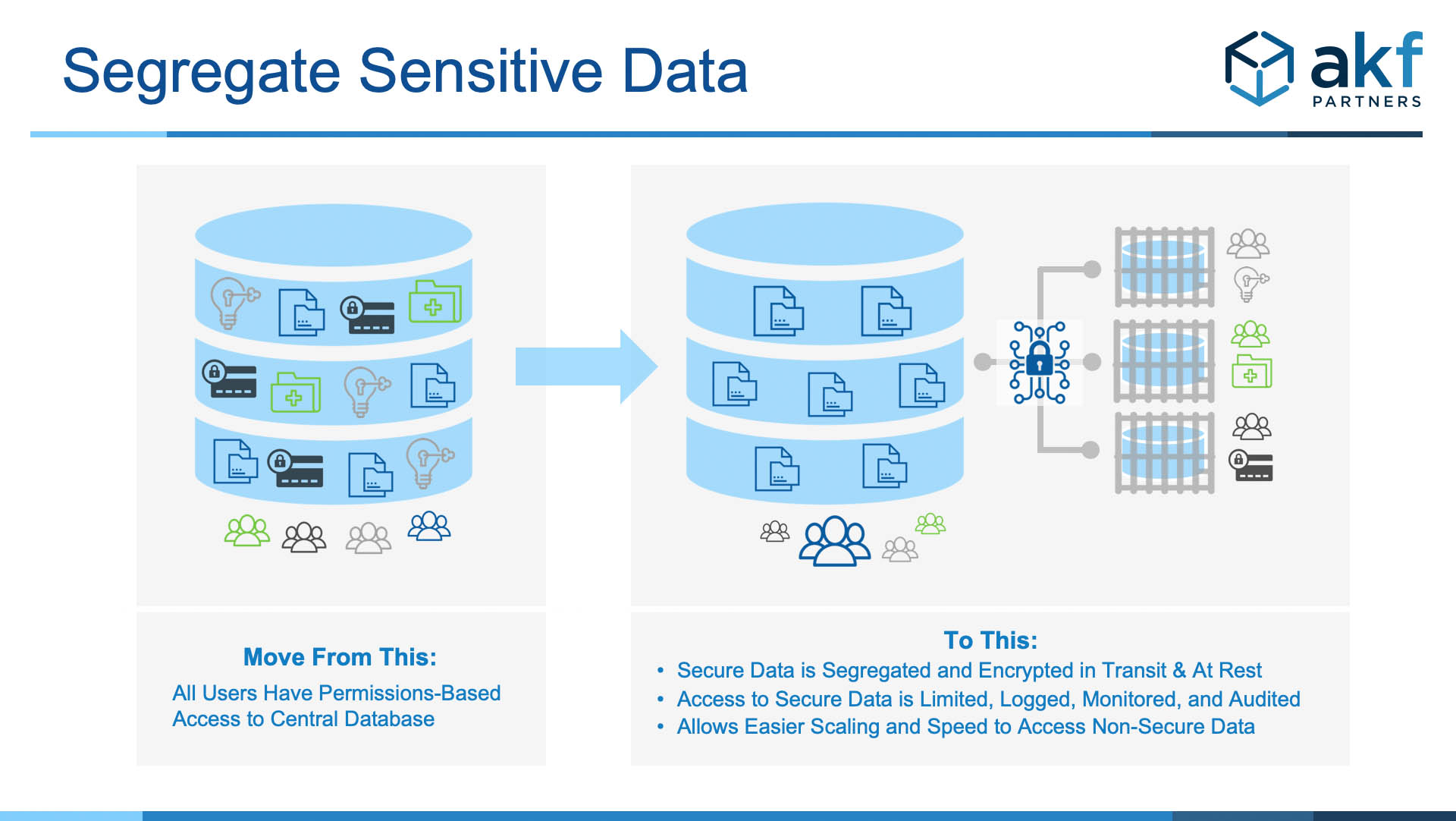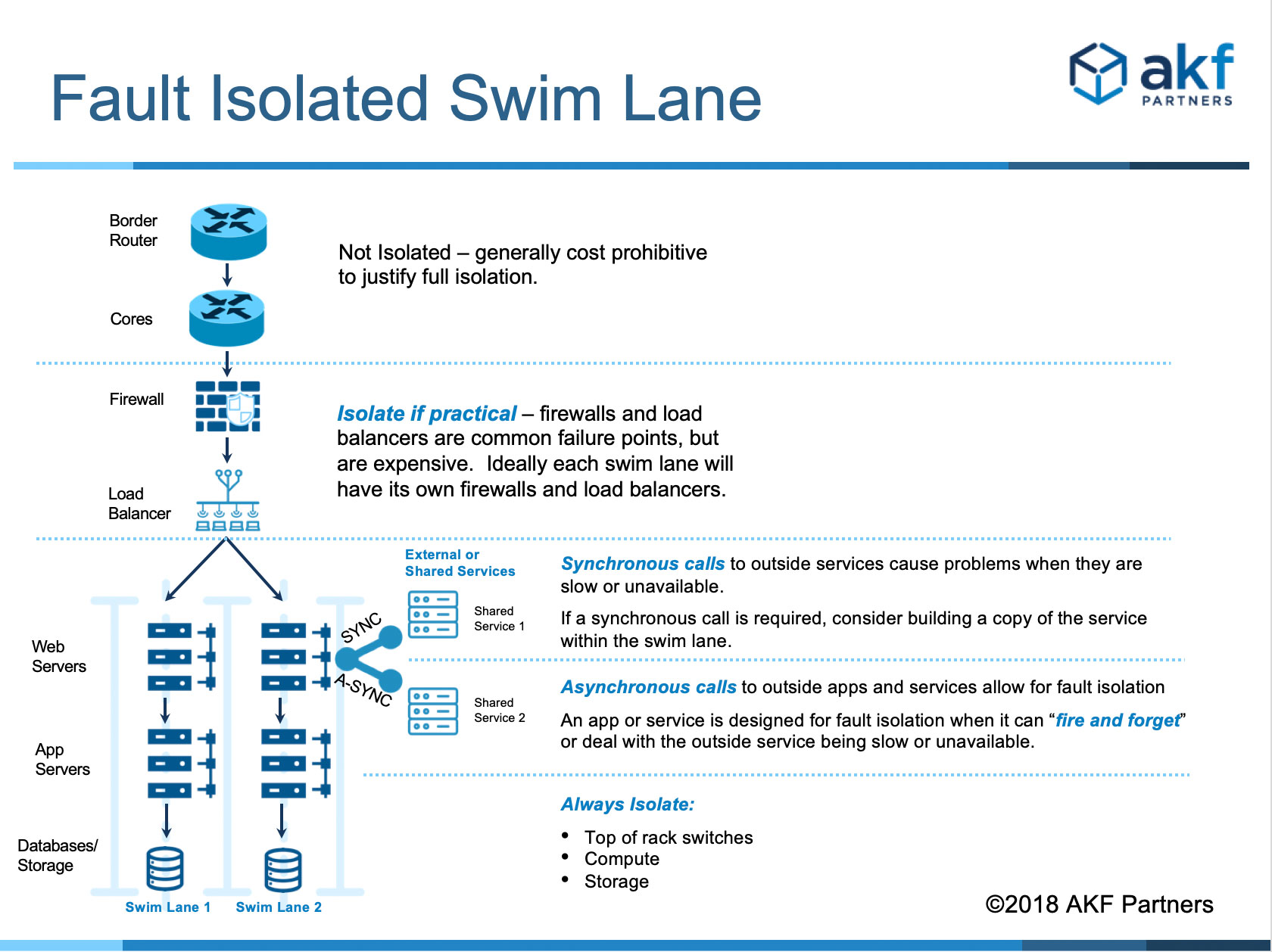
As part of our Technical Due Diligence and Architectural reviews, we always want to see a company’s system architecture, understand their process, and review their org chart. Without ever stepping foot at a client we can begin to see the forensic evidence of potential problems.
Like that ugly couch you bought when you were in college and still have in your front room, often inefficiencies in architecture, process, and organization are nostalgic memories that have long since outlived their purpose – and while you have become used to the ugly couch, outsiders look in and recognize it as the eyesore it is immediately and often customers feel the inefficiencies through slow page loads and shopping cart issues. “That’s how it has always been” is never a good motto when designing systems, processes, and organizations for flexibility, availability, and scalability.
It is always interesting to hear companies talk with the pride of a parent about their unruly kid when they use words like “our architecture/organization is very complex” or “our systems/organization has a lot of interdependent components” – as if either of these things are something special or desirable! Great architectures are sketched out on a napkin in seconds, not hours.
Great architectures are sketched out on a napkin in seconds, not hours.
All systems fail. Complex systems fail miserably, and – like Dominos – take down neighboring systems as well resulting in latency, down time, and/or flat out failure.
ARCHITECTURE & SOFTWARE
Some common observations in hardware/software we repeatedly see:
Encrypt Everything
Problem: Overloaded F5 or other similar firewalls are trying to encrypt all data because Personal Identifiable Information (PII) is stored in plain text, usually left over from a business decision made long ago that no one can quite recall and an auditor once said “encrypt everything” to protect it. Because no one person is responsible for a 30,000 foot view of the architecture, each team happily works in their silo and the decision to encrypt is held up like a trophy without seeing that the F5 is often running hot, causing latency, and is now a bottleneck (resulting in costly requests for more F5s) doing something it has no business doing in the first place.
Solution: Segregate all PII, tokenize it and only encrypt the data that needs to be encrypted, speeding up throughput and better isolating and protecting PII.

Integration (or Rather Lack Thereof) Of Mergers & Acquisitions
Problem: A recent (and often not so recent) flurry of acquisitions is resulting in cross data center calls in and out of firewalls. Purchased companies are still in their own data center or public cloud and the entire workflow of a customer request is crisscrossing the country multiple times not only causing latency, but if one thing goes wrong (remember, everything fails …) timeouts result in customer frustration and lost transactions.
Solution: Integrate services within one isolated stack or swim lane – either hosted or public cloud – to avoid cross data center calls. Replicate services so that each datacenter or cloud instance has everything it needs.
Monolithic Databases
Problem: As the company grew and gained more market share, the search for bigger and better has resulted in a monolithic database that is slow, requires specialized hardware, specialized support, ongoing expensive software licenses, and maintenance fees. As a result, during peak times the database slows everyone and everything down. The temptation is to buy bigger and better hardware and pay higher monthly fees for more bandwidth.
Solution: Break down databases by customer, region, or other Z-Axis splits on the AKF Scale Cube. This has multiple wins – you can use commodity servers instead of large complex file storage, failure for one database will not affect the others, you can place customer data closest to the customer by region, and adding additional servers does not required a long lead time or request for substantial capital expenditure.

PROCESSES & ORGANIZATION
What sets AKF apart is that we don’t just look at systems, we always want to understand the people and organization supporting the system architecture as well and here there are additional multiplicative effects of failure. We have considerable expertise working for and with Fortune 100 companies, startups, and agencies in many different competencies. The common mistakes we see on the organization side of the equation:
Lack of Cross Functional Teams
Problem: Agile Scrum teams do not have all the resources needed within the team to be self sufficient and autonomous. As a result, teams are waiting on other internal resources for approvals or answers to questions in order to complete a Sprint - or keep these items on the backlog because effort estimation is too high. This results in decreased time to market, losing what could have been a competitive advantage, and lower revenue.
Solution: Create cross-functional teams so that each Sprint can be completed with necessary access to security, architecture, QA, and other resources. This doesn’t mean each team needs a dedicated resource from each discipline – one resource can support multiple teams. The information needed can be greatly augmented by creating guildes where the subject matter expert (SME) can “deputize” multiple people on what is required to meet policy. Guilds utilize published standards and provide a dedicated channel of communication to the SME greatly simplifying and speeding up the approval process.
Lack of Automation
Problem: It isn’t done enough! As a result, people are waiting on other people for needed approvals. Often the excuse is that there isn’t enough time or resources. In most cases when we do the math, the cost of not automating far outweighs the short-term investment with a continuous long-term payout that automation would bring. We often see that the individual with the deployment knowledge is insecure and doesn’t want automation as they feel their job is threatened. This is a very short-sighted approach that requires coaching for them to see how much more valuable they can be to the organization by getting out of the way of stifling progress!
Solution: Automate everything possible from testing, quality assurance, security compliance, code compliance (which means you need a good architectural review board and standards), etc! Automation is the gift that keeps on giving and is part of the “secret sauce” of top companies who are our clients.
Not Empowering Teams to Get Stuff Done!
Problem: Often teams work in a silo, only focused on their own tasks and are quick to blame others for their lack of success. They have been delegated tasks, but do not have the ability to get stuff done.
Solution: Similar to cross functional teams, each team must also be given the authority to make decisions (hence why you want the right people from a variety of dependencies on the team) and get stuff done. An empowered team will iterate much faster and likely with a lot more innovation.
CONCLUSION
While each organization will have many variables both enabling and hindering success, the items listed here are common denominators we see time and time again often needing an outside perspective to identify. Back to the ugly couch analogy, it is often easy to walk into someone else’s house and immediately spot their ugly couch!
Pay attention to those you have hired away from the competition in their early days and seek their opinions and input as your organization’s old bad habits likely look ridiculous to them. Of course only do this with an intent to listen and to learn – getting defensive or stubbornly trying to explain why things are the way they are will not only bring a dead end to you learning, but will also abruptly stop any budding trust with your new hire.
And of course, we are always more than happy to pop the hood and take a look at your organization just as we have been doing for the top banks, Fortune 100, healthcare, and many other organizations. Put our experience to work for you!